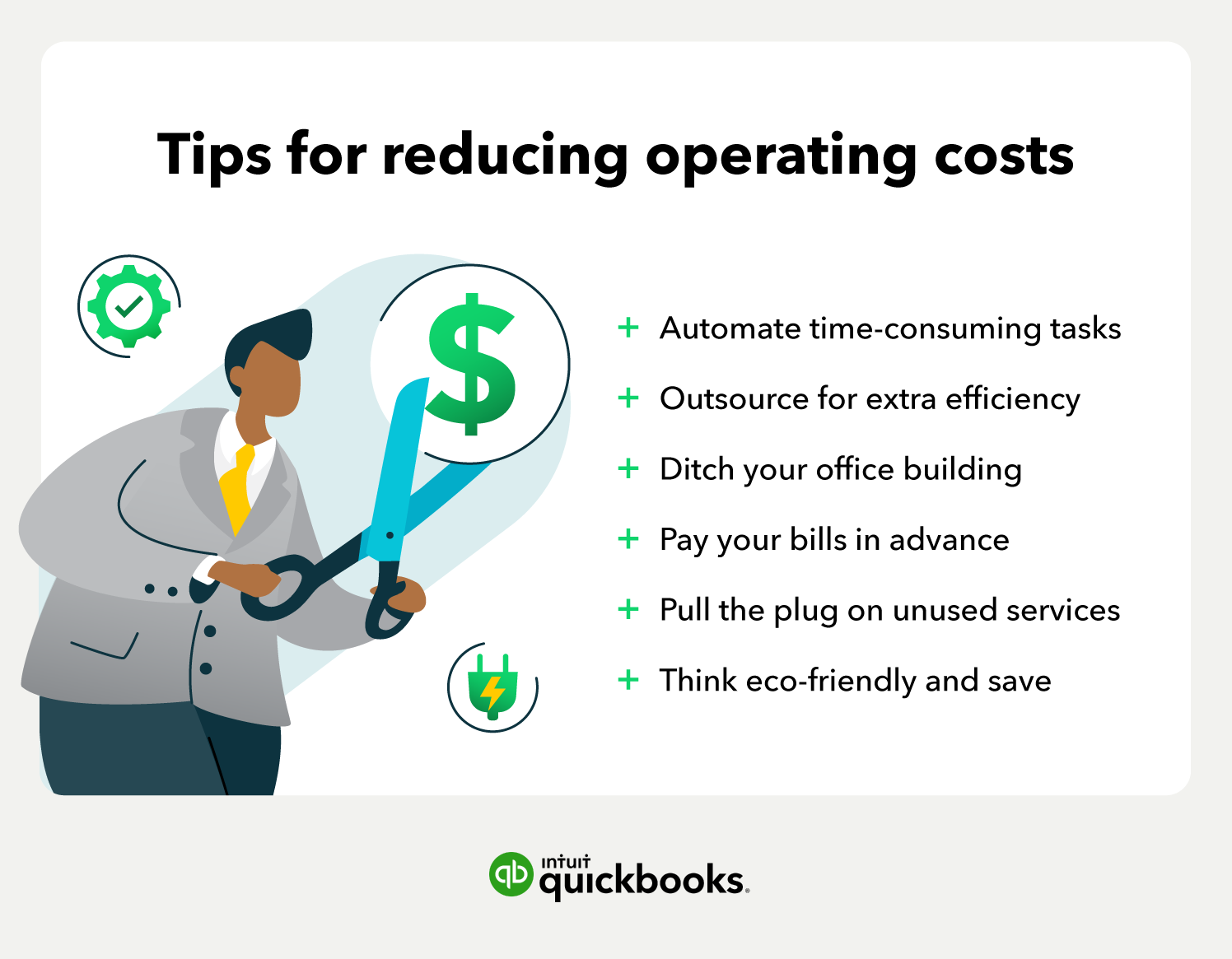When looking at documents like the balance sheet and income statement, you may come across accounting terms that you’re unfamiliar with. Because these terms relate to your company’s financial health, understanding them is vital.
One term that’s incredibly relevant to business owners is “operating costs.” We’ll provide you with a concise overview of operating expenses. From there we’ll outline 14 things you can do to lower costs and increase your bottom line because by reducing your operations expenditure, you’ll end up with more profit on your company’s income statement.








